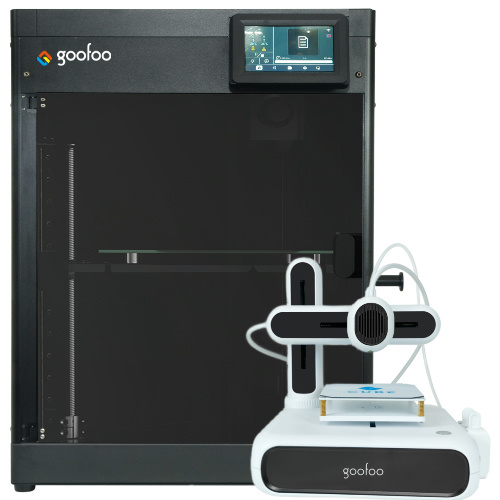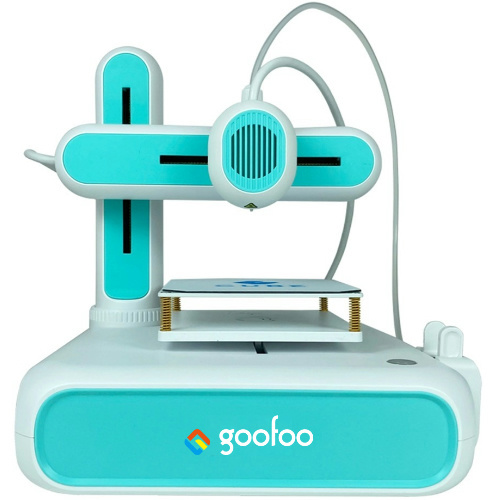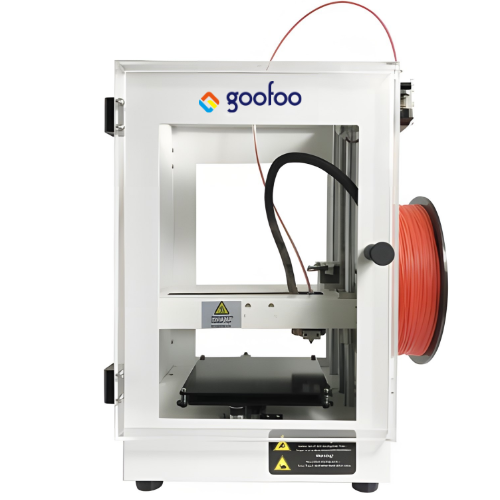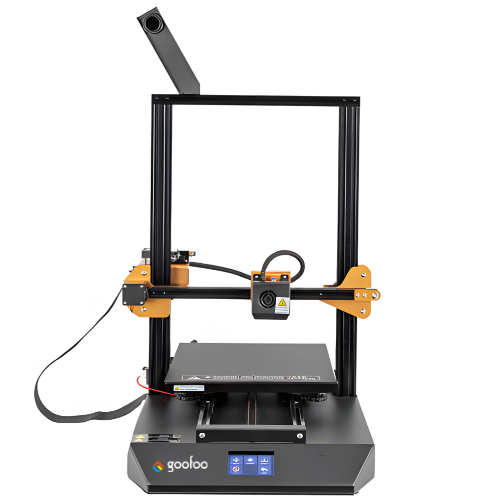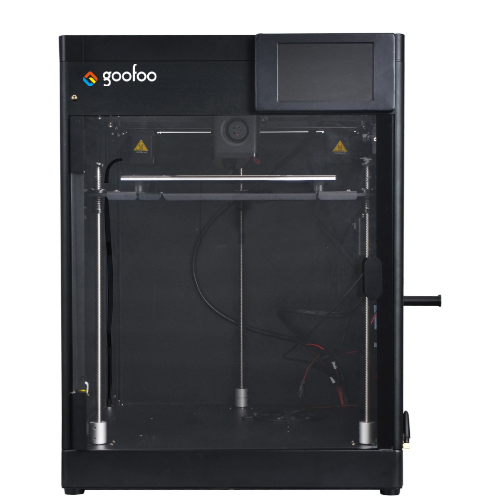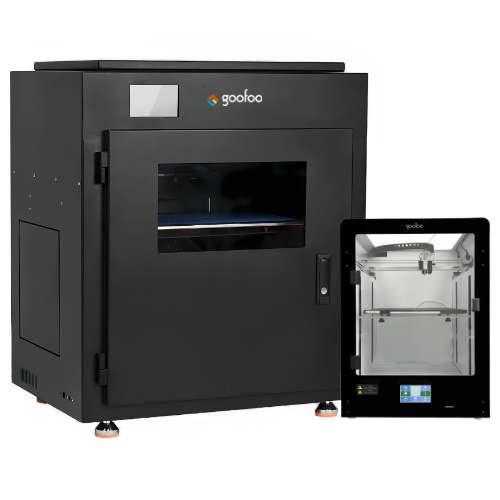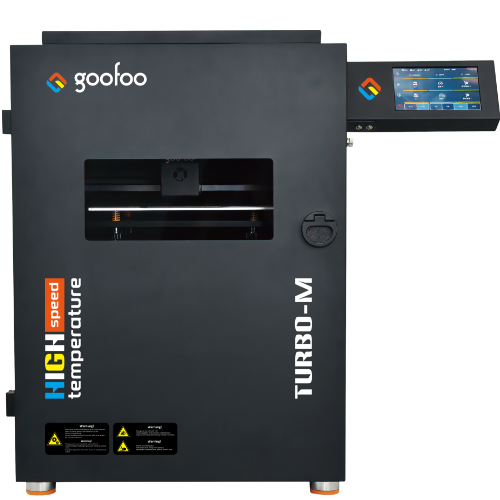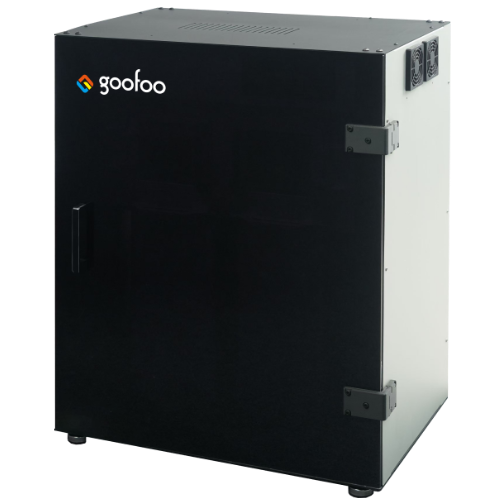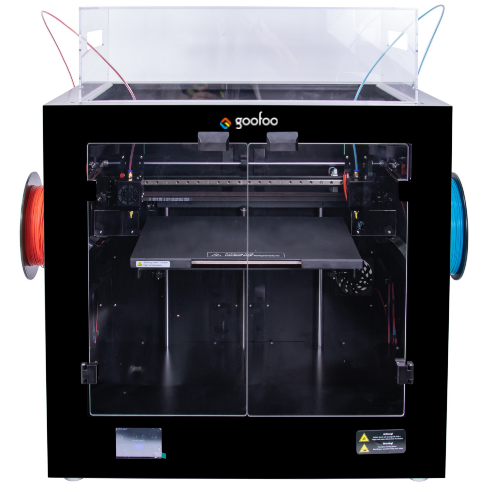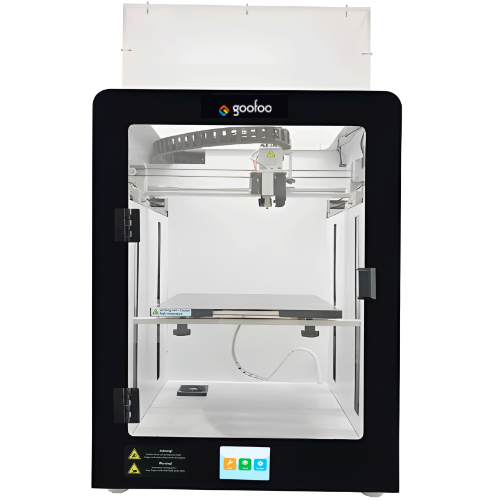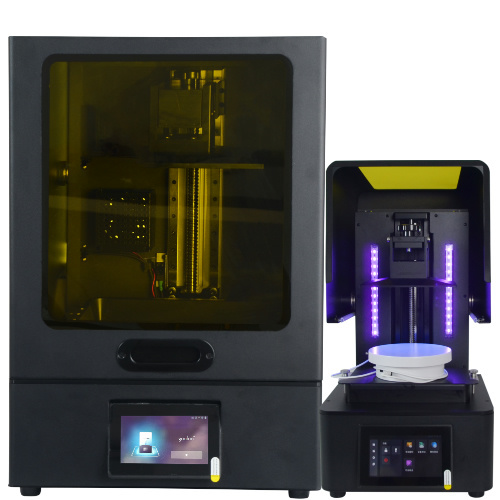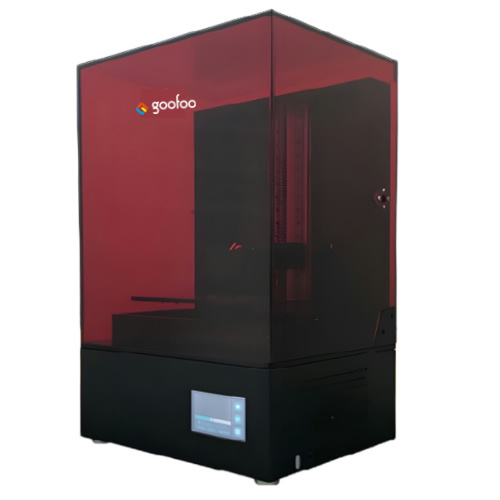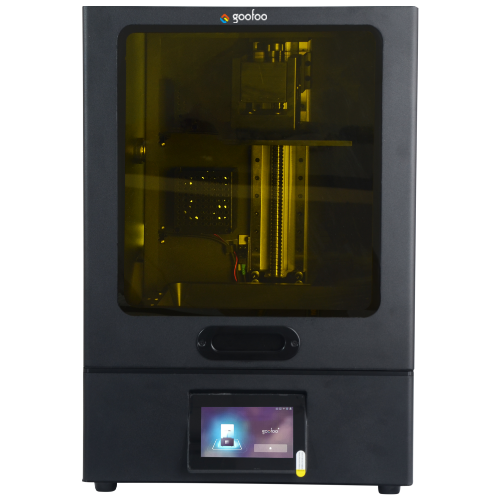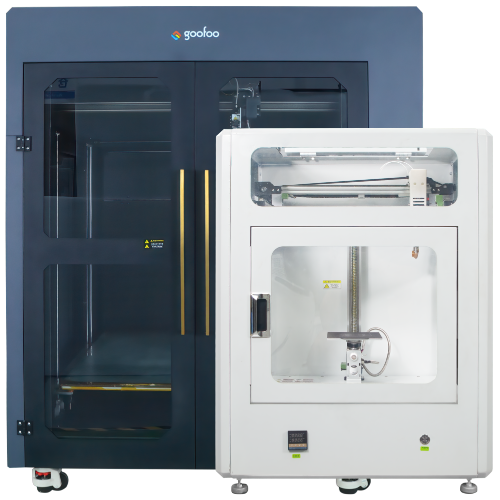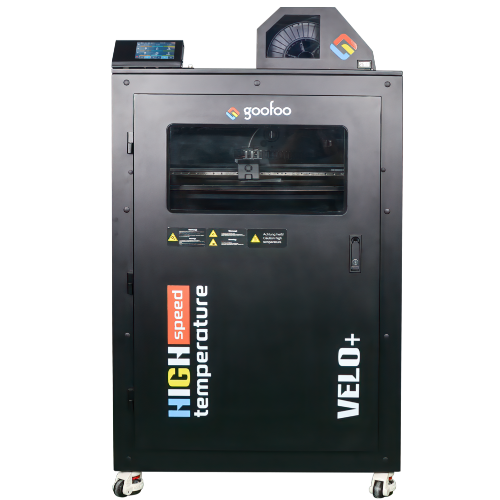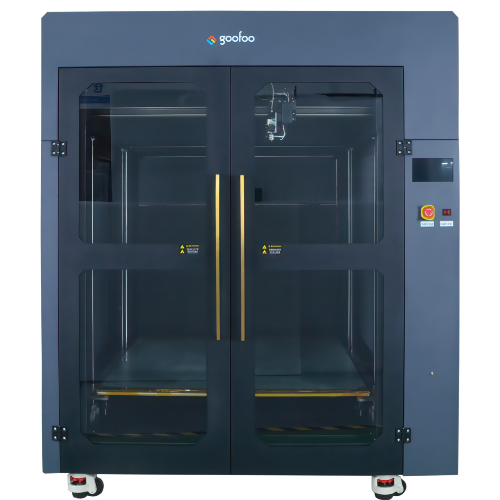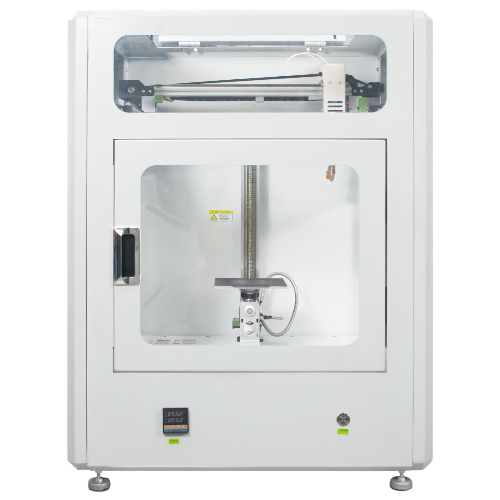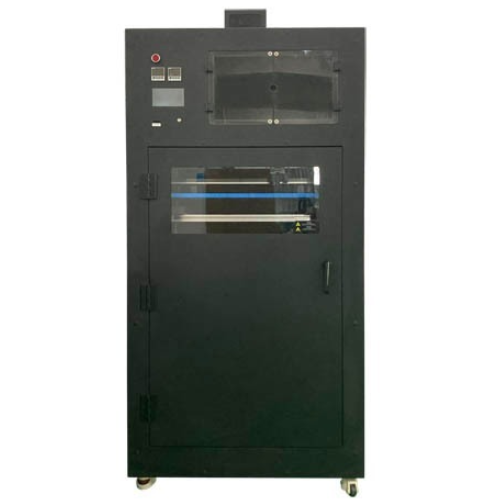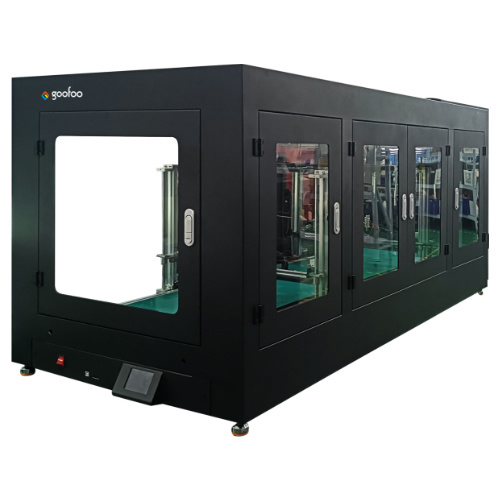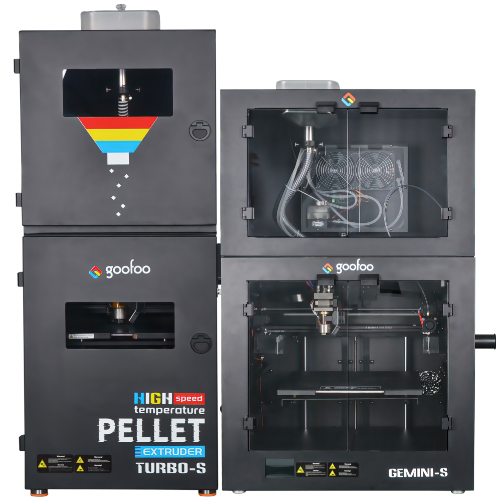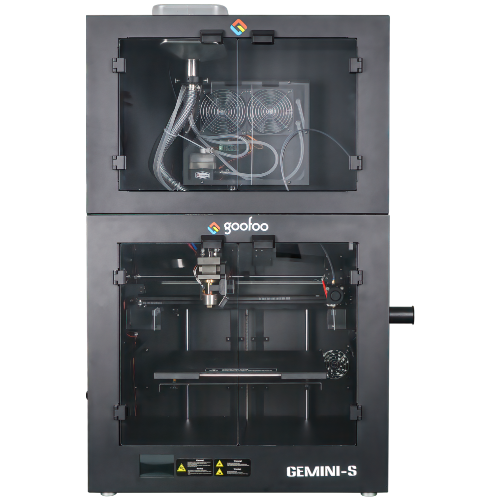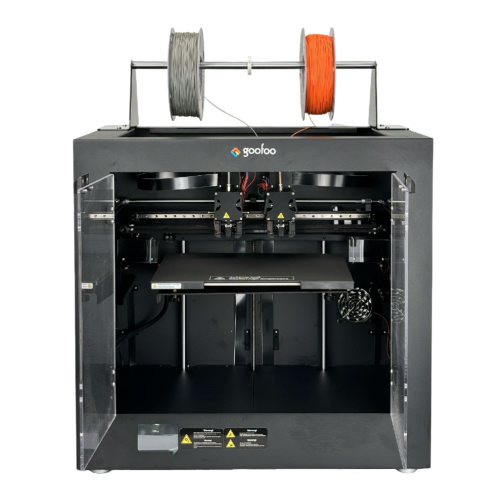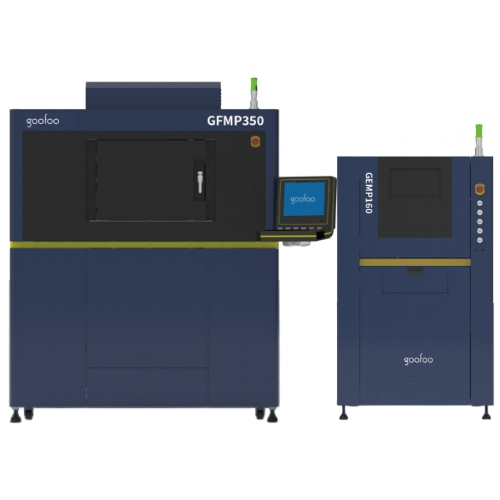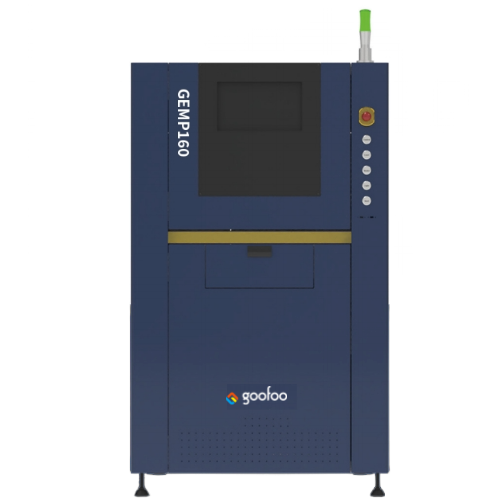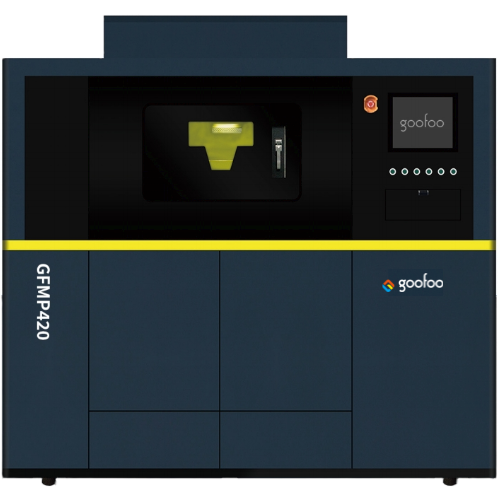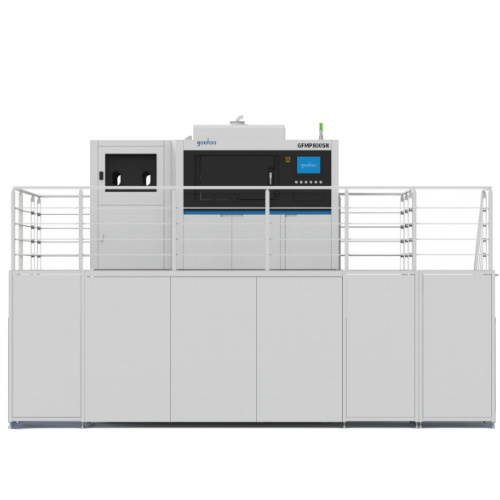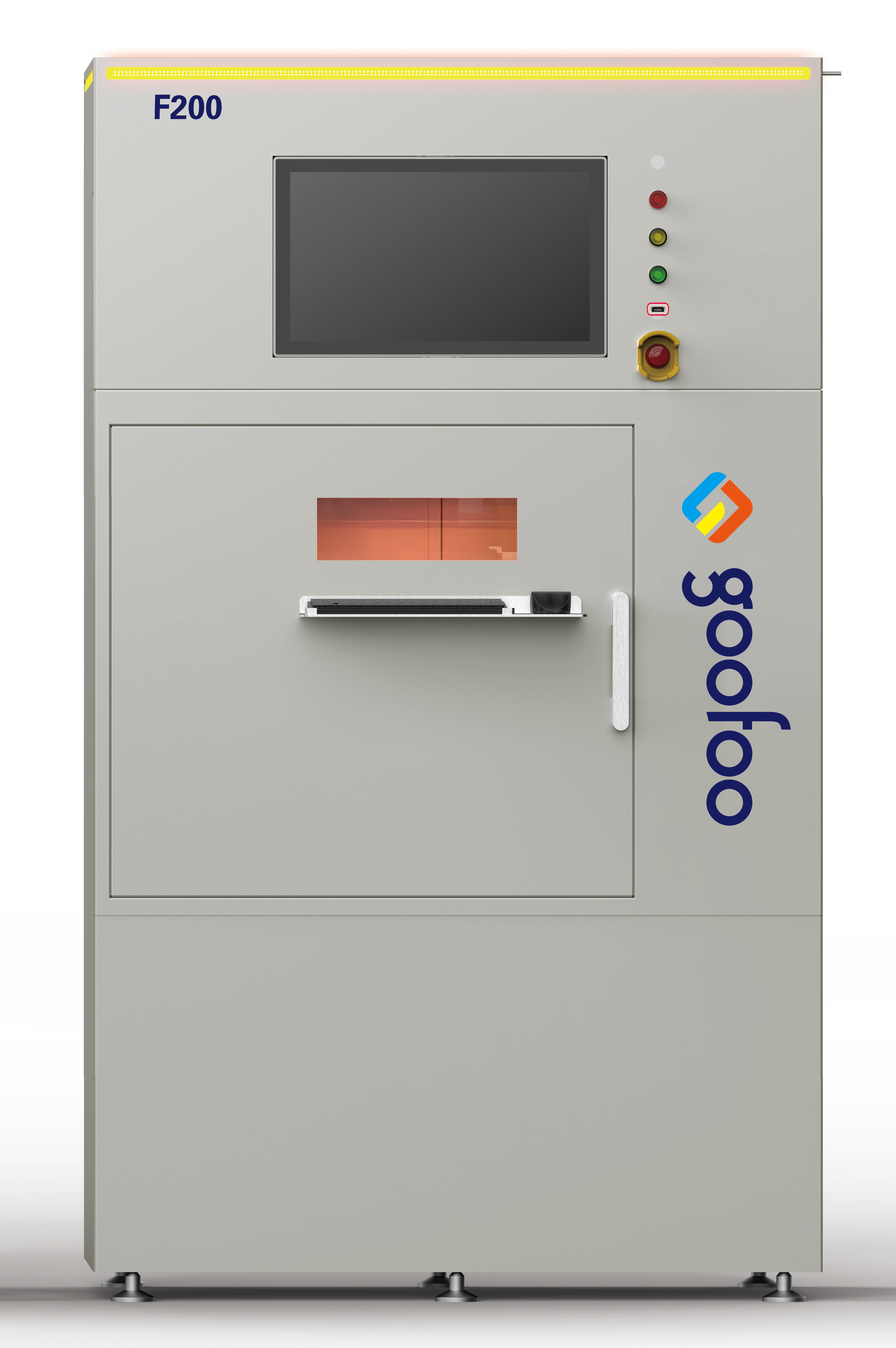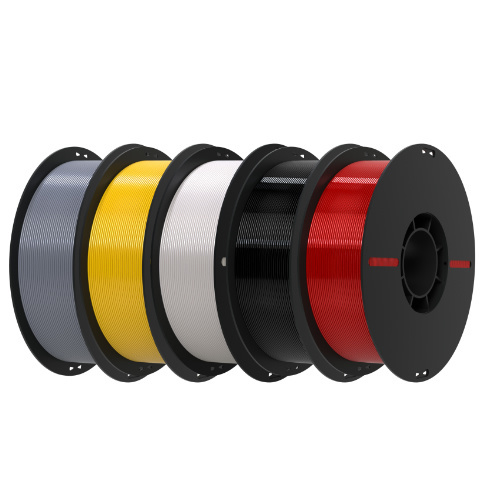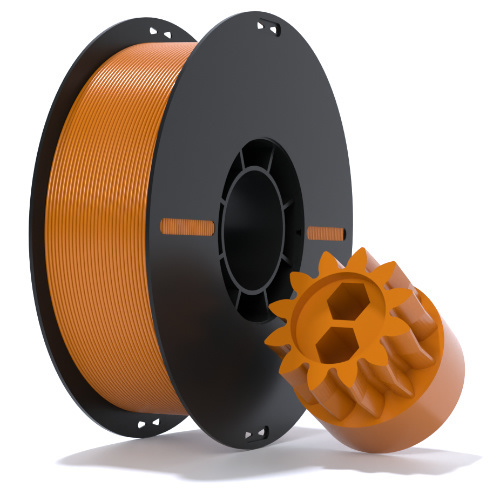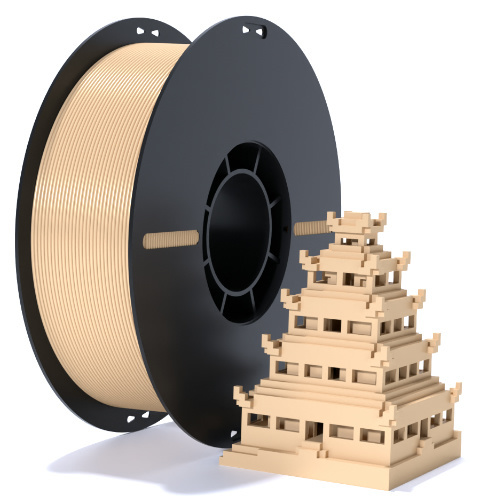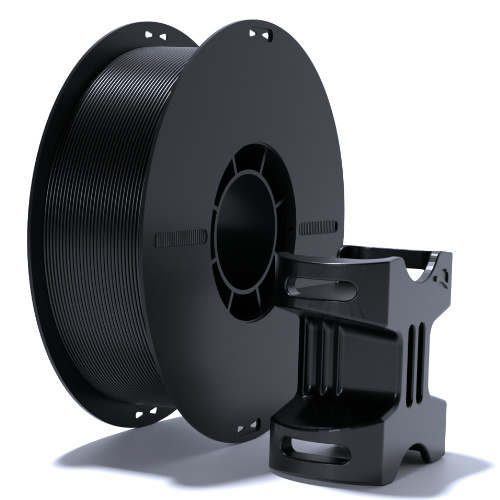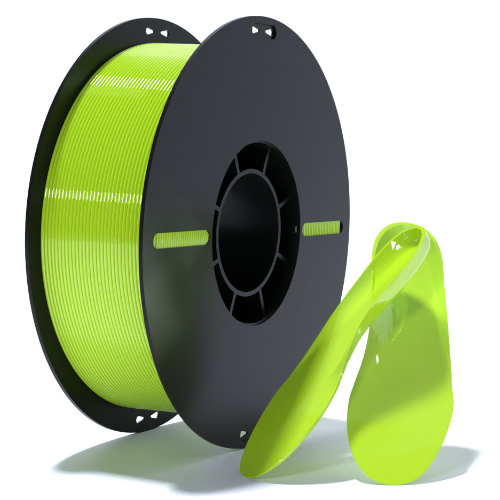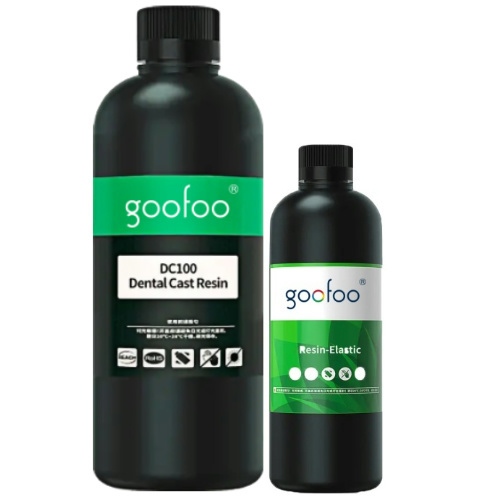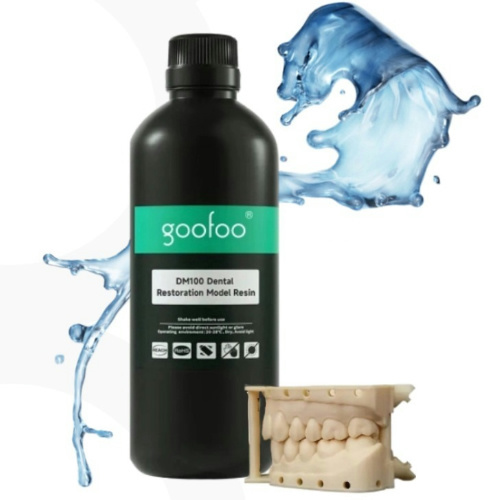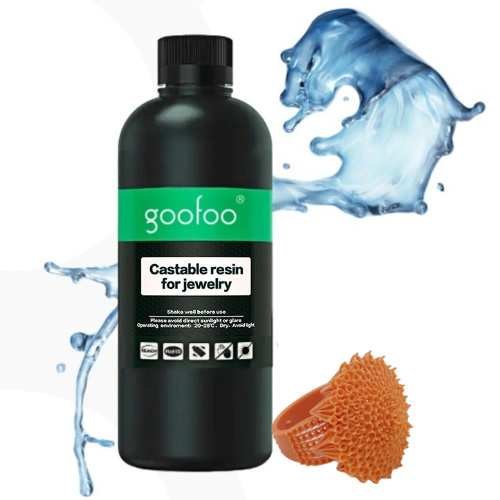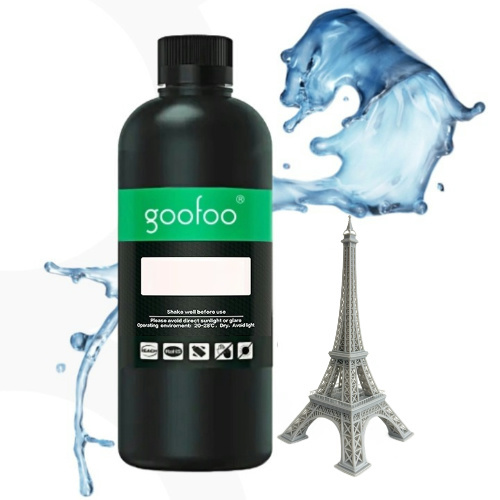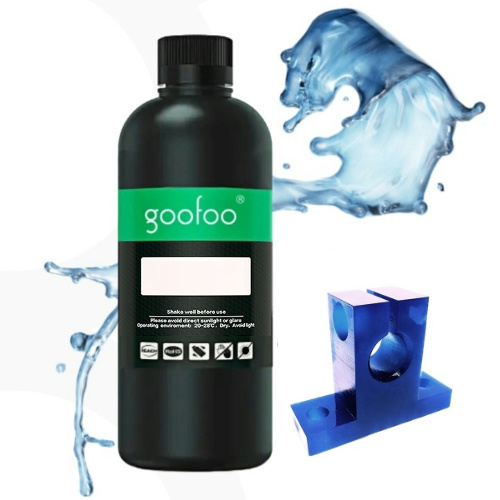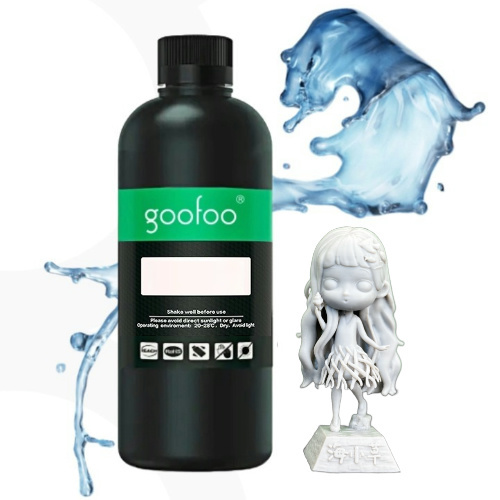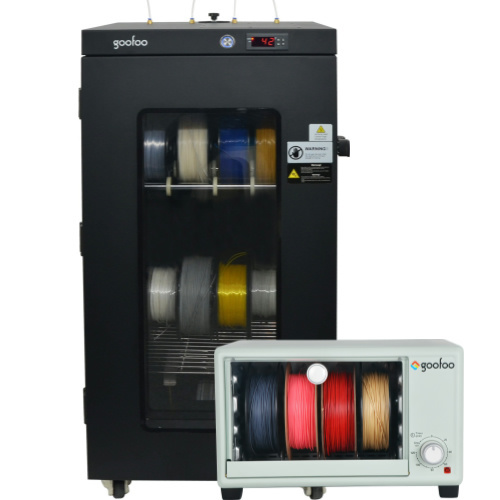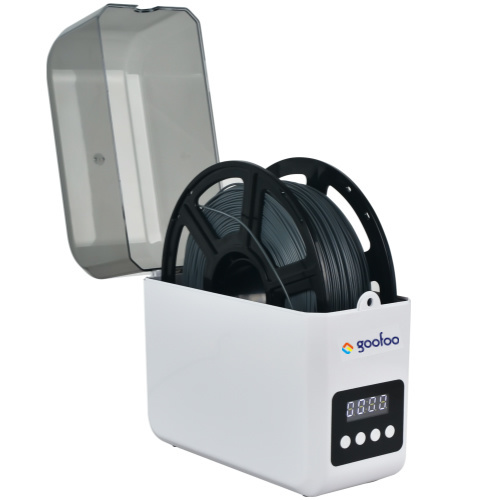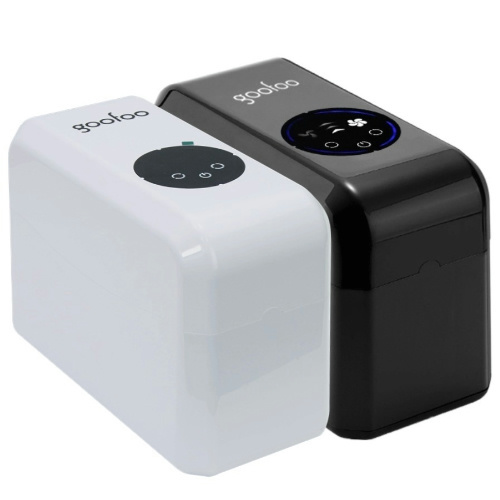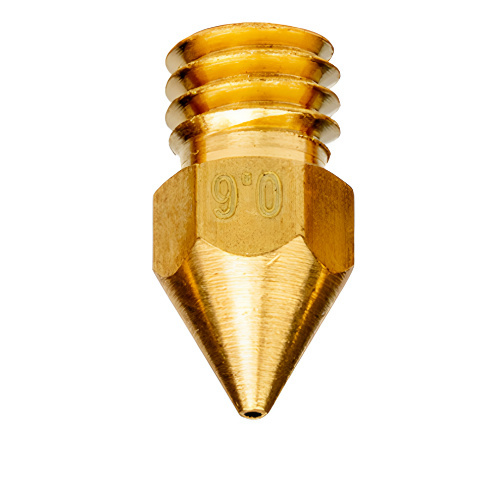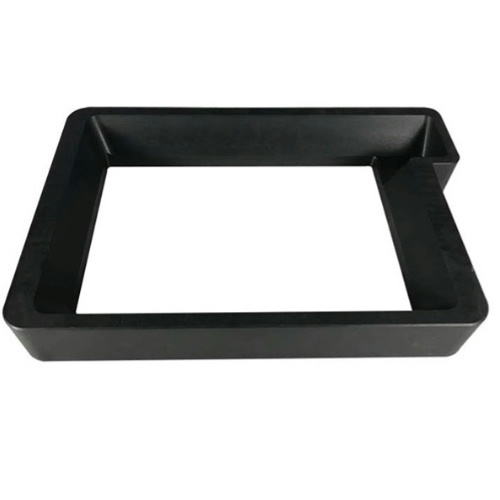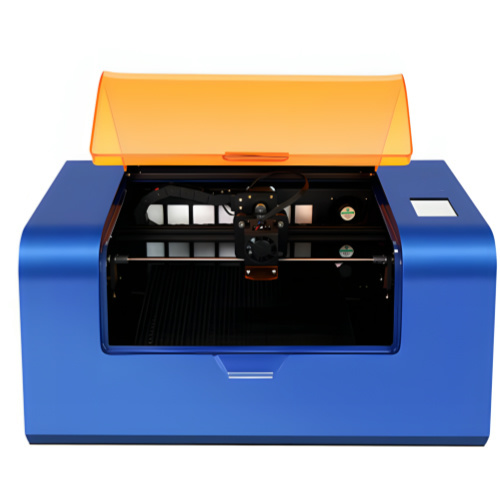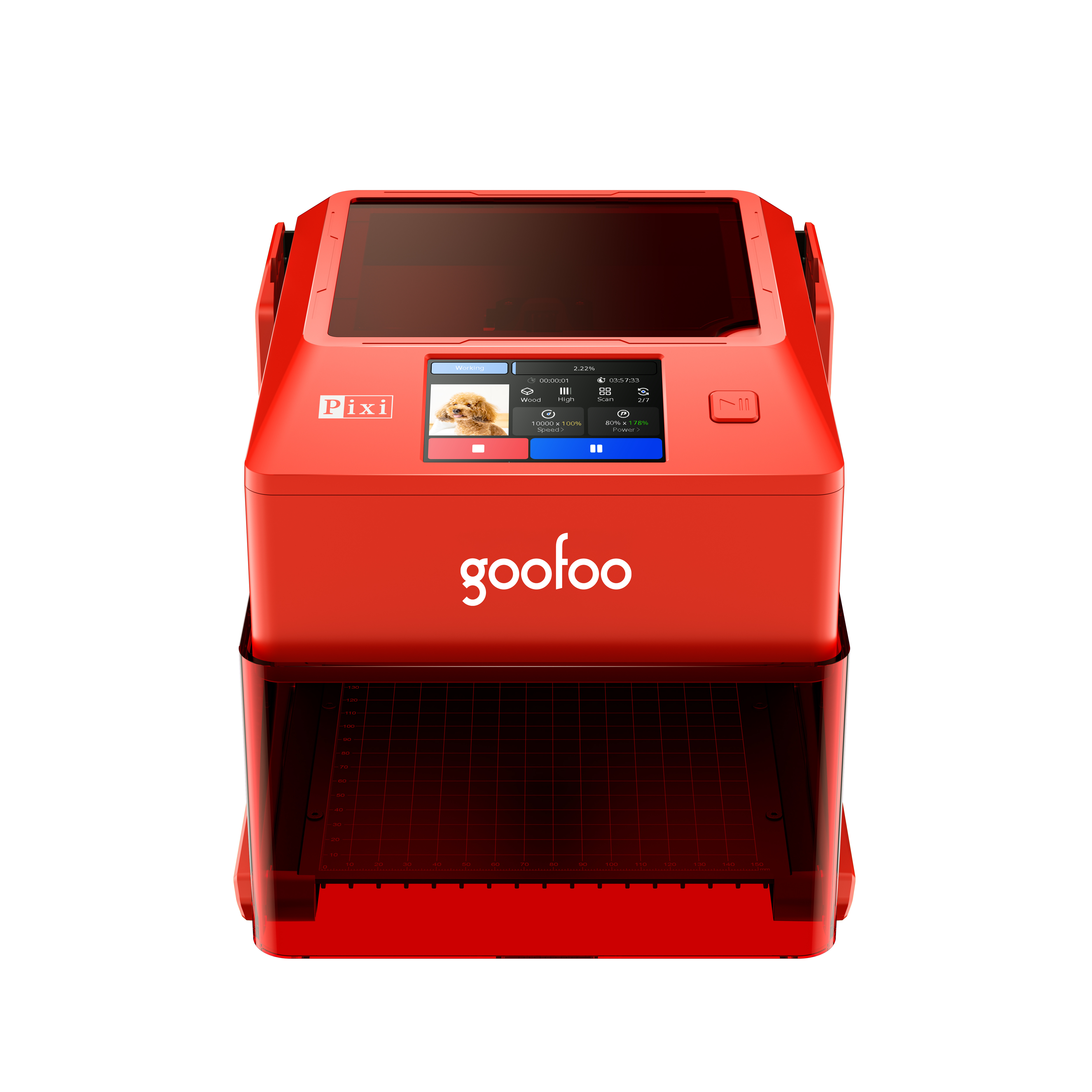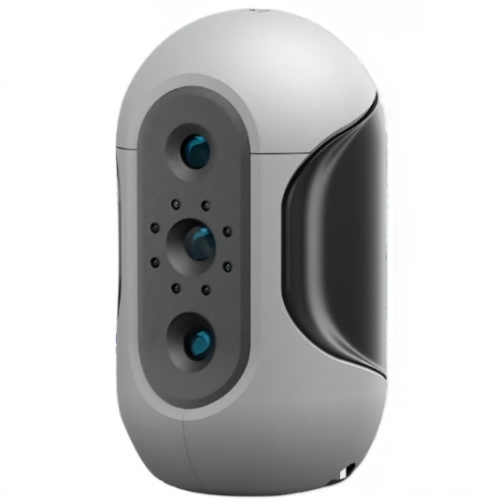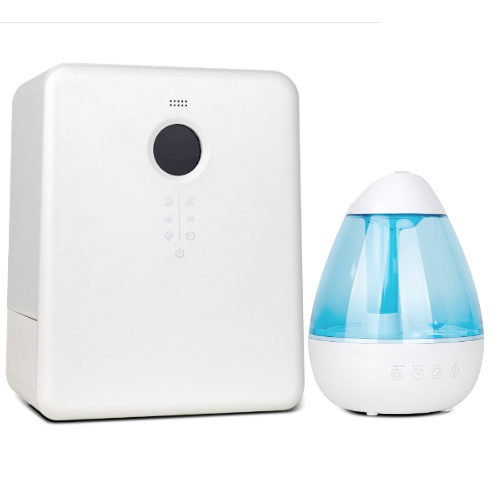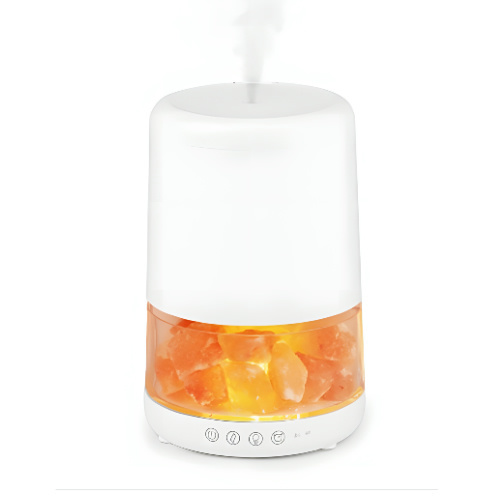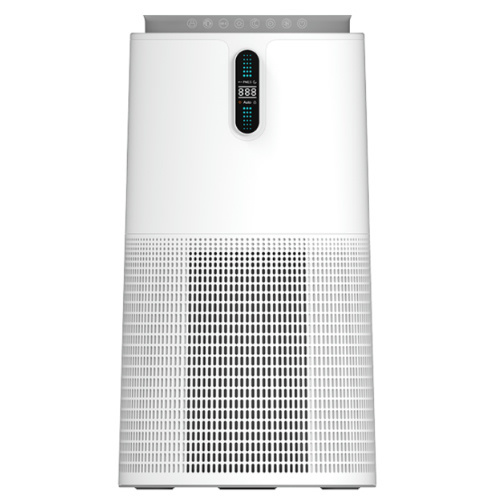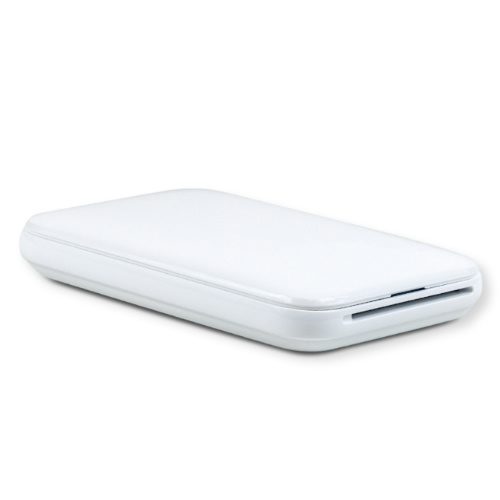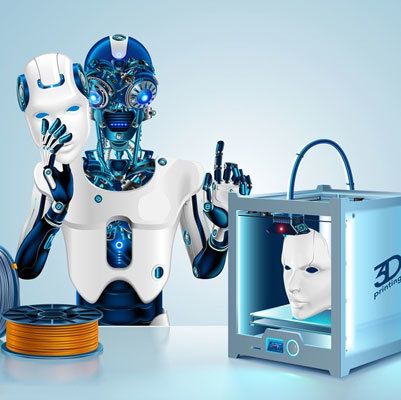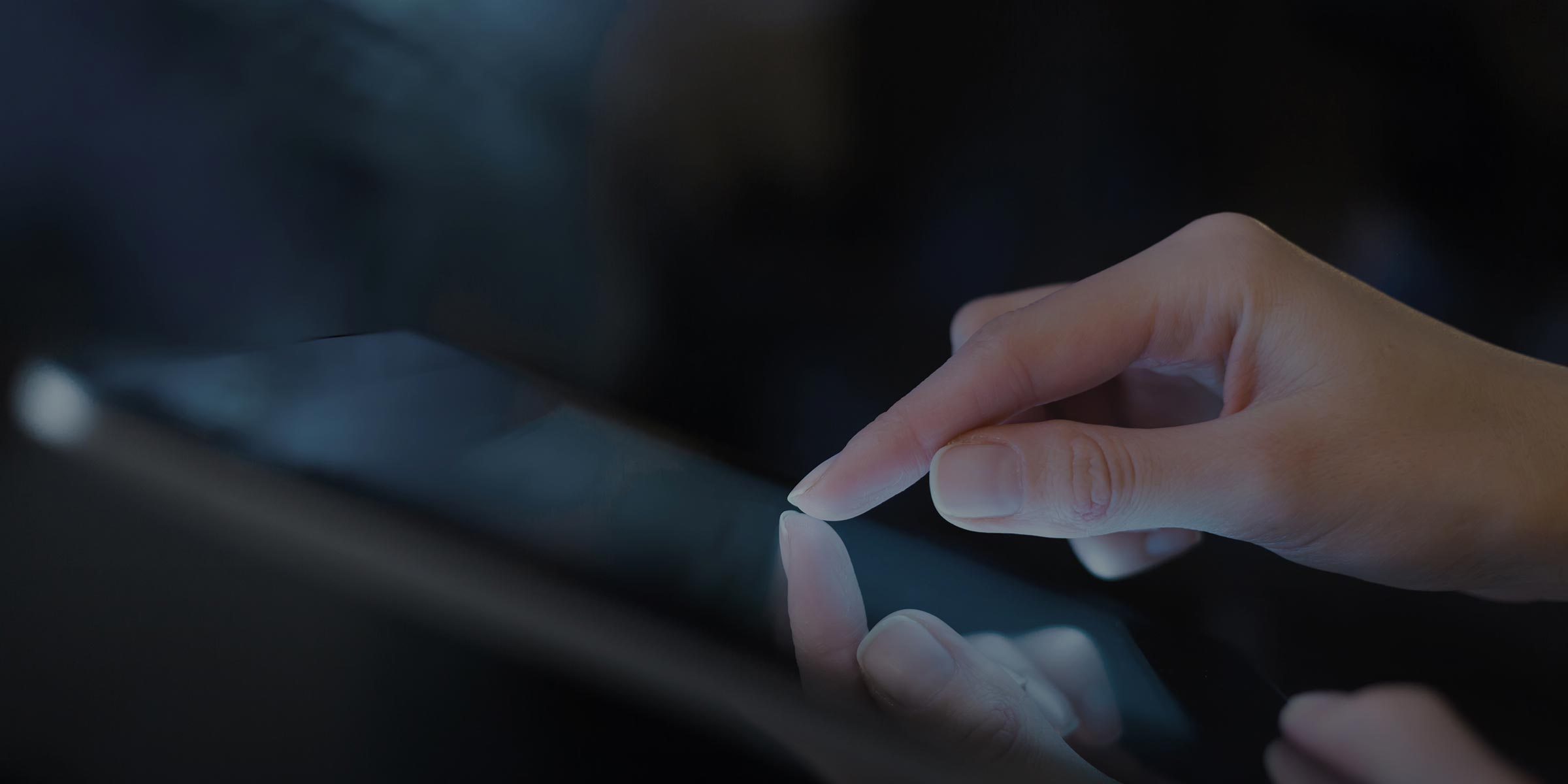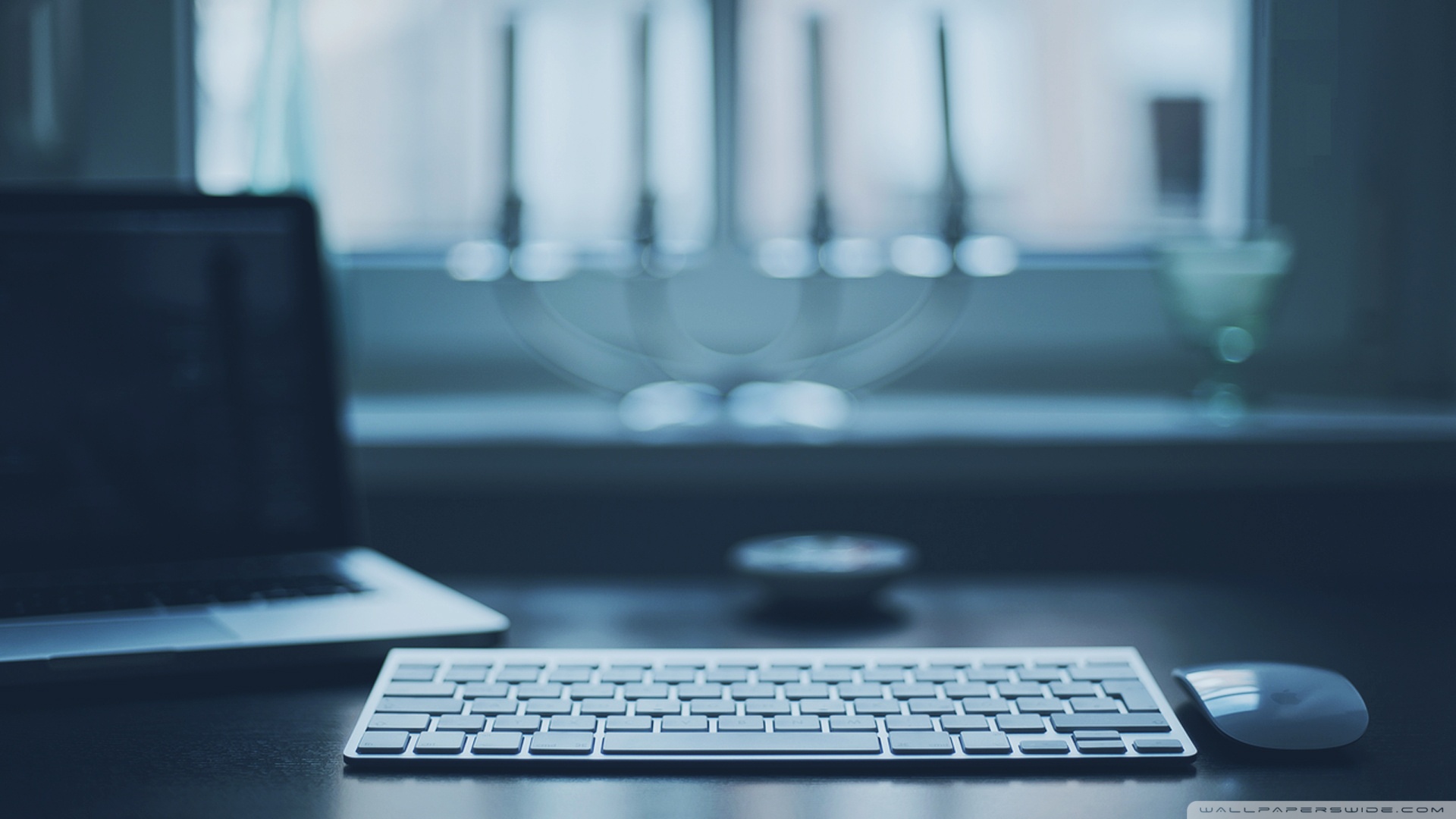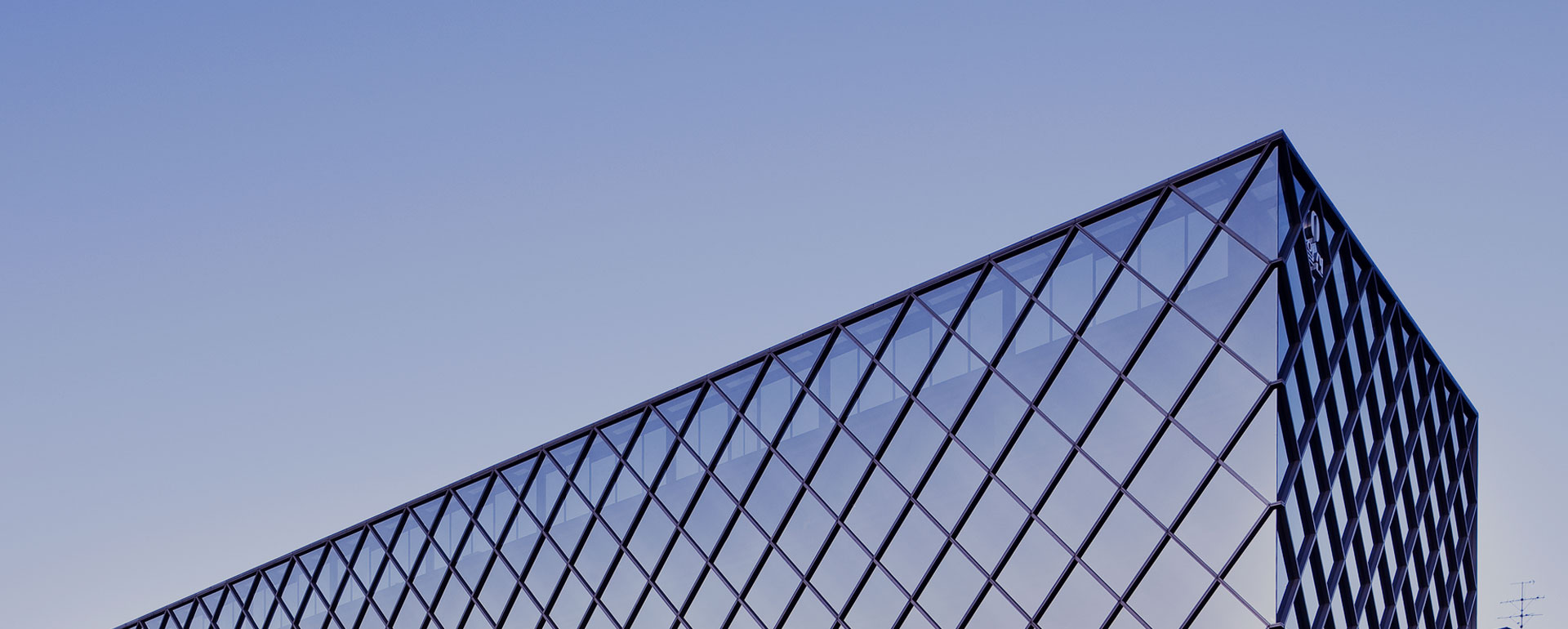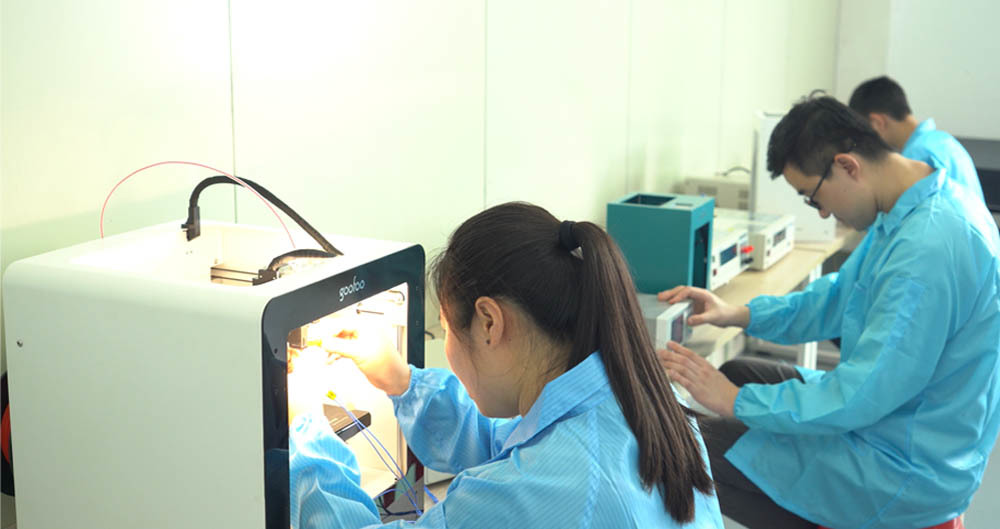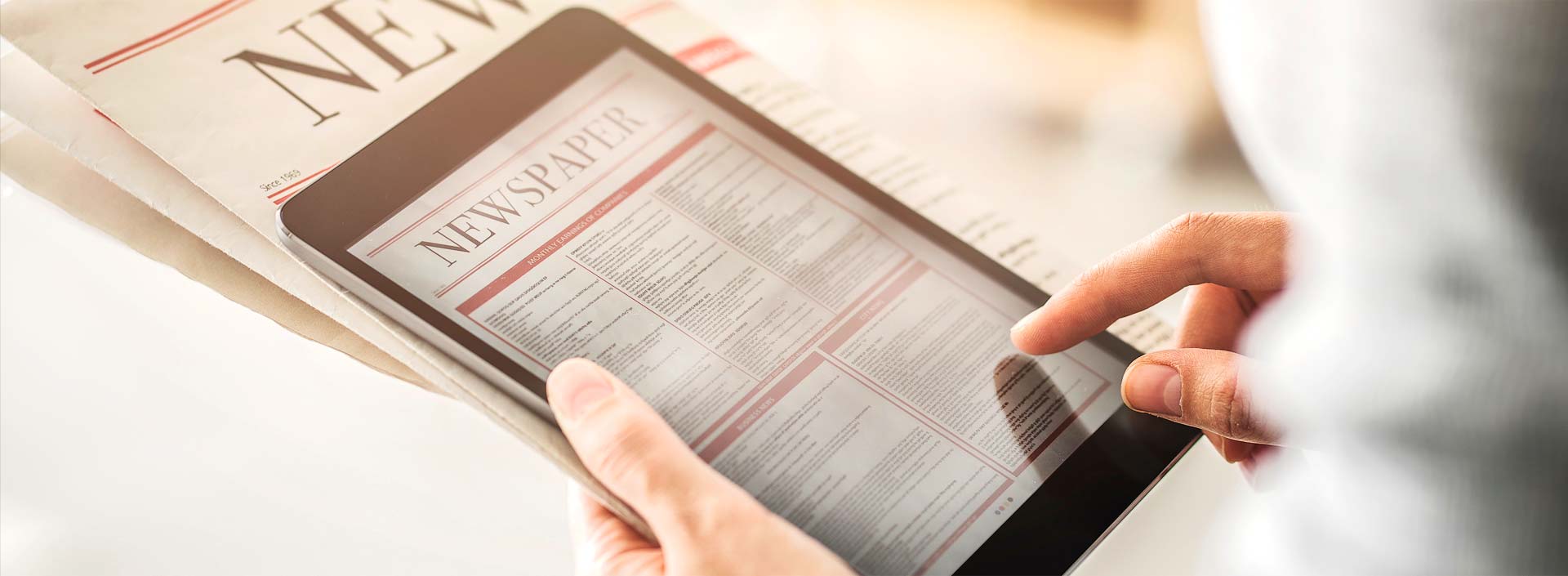Revolutionize Your DIY Projects with This Affordable 3D Printer
2025-04-18 11:20
Revolutionize Your DIY Projects with This Affordable 3D Printer
In today's digital age, the possibilities for creativity and innovation have expanded exponentially, especially with the advent of 3D printing technology. This transformative process allows individuals to bring their ideas to life in ways that were once confined to the realm of imagination. For anyone engaged in DIY projects, an affordable 3D printer can be a game-changer. Let’s delve into how these devices can revolutionize your creative endeavors, the factors to consider when choosing one, and the ways to effectively utilize it to maximize your projects.
Table of Contents
- Understanding 3D Printing Technology
- Benefits of 3D Printing for DIY Projects
- Choosing the Right Affordable 3D Printer
- Essential Features to Look for in a 3D Printer
- Setting Up Your 3D Printer
- Designing and Preparing Your 3D Models
- Tips for Successful 3D Printing
- Applications of 3D Printing in DIY Projects
- Conclusion
- FAQs
Understanding 3D Printing Technology
3D printing, also known as additive manufacturing, is a process that creates three-dimensional objects from a digital file. The printer builds the object layer by layer, allowing for intricate designs and complex geometries that traditional manufacturing methods cannot achieve. This technology has become increasingly accessible, with a variety of affordable options available for hobbyists and DIY enthusiasts. By understanding the basics of how 3D printing works, you can harness its potential to enhance your projects.
The Basics of 3D Printing
The 3D printing process typically involves the following steps:
- Designing the Model: Create or download a 3D model using software such as Tinkercad, Blender, or Fusion 360.
- Slicing the Model: Use slicing software to prepare the model for printing by converting it into a format the printer can understand (usually G-code).
- Printing: The printer uses filament or resin to build the object layer by layer, following the instructions from the slicing software.
- Post-Processing: After printing, additional steps such as sanding, painting, or assembling may be required to complete the project.
Benefits of 3D Printing for DIY Projects
Integrating a 3D printer into your DIY toolkit offers numerous advantages that can significantly enhance your creative projects. Here are some compelling benefits:
1. Cost-Effective Prototyping
3D printing allows for rapid prototyping without the high costs associated with traditional manufacturing. You can quickly produce multiple iterations of your design, refining it until you achieve the desired result.
2. Customization and Personalization
Every project can be tailored to your specific needs and preferences. Whether you want to create unique home decor items, personalized gifts, or custom tools, a 3D printer enables you to bring your visions to life.
3. Accessibility of Designs
With a vast online community and repositories like Thingiverse and MyMiniFactory, you can access thousands of free or low-cost 3D models. This availability allows you to start printing immediately without needing advanced design skills.
4. Educational Opportunities
Using a 3D printer is an excellent way to learn about design, engineering, and manufacturing principles. It provides hands-on experience that can enhance your understanding of these concepts.
5. Sustainable Practices
3D printing can contribute to sustainability by reducing material waste. With precise layer-by-layer construction, you only use the necessary amount of material for your projects, minimizing excess waste.
Choosing the Right Affordable 3D Printer
When selecting an affordable 3D printer, consider several factors to ensure it aligns with your needs and budget. Here are key points to help guide your decision:
1. Build Volume
Evaluate the maximum dimensions of the objects you plan to print. A larger build volume allows for more extensive and complex designs, but it may also come at a higher cost.
2. Printing Technology
Understand the different printing technologies available, such as Fused Deposition Modeling (FDM) and Stereolithography (SLA). FDM printers are typically more affordable and are ideal for beginners, while SLA printers offer higher resolution and detail.
3. Filament Compatibility
Check the types of filament the printer supports. Common options include PLA, ABS, and PETG. Some printers have specific requirements, while others are more versatile in their compatibility.
4. Ease of Use
Look for features that enhance usability, such as touchscreen interfaces, auto-leveling beds, and easy assembly. A printer that is user-friendly will save you time and frustration, especially if you’re new to 3D printing.
5. Community and Support
A reputable brand with an active user community can provide valuable resources and troubleshooting advice. Look for forums, social media groups, and official support channels to assist you in your 3D printing journey.
Essential Features to Look for in a 3D Printer
To ensure your 3D printer meets your needs, consider the following essential features:
1. Print Speed
While print speed can vary, a faster printer can significantly reduce project turnaround time. However, faster speeds may compromise print quality, so find a balance that works for you.
2. Print Resolution
Higher print resolution results in finer detail and smoother surfaces. Check the printer’s specifications for layer height and resolution capabilities to match your project requirements.
3. Connectivity Options
Look for printers with multiple connectivity options, such as USB, SD card, and Wi-Fi. Having versatile connections allows for convenience in transferring designs and starting prints.
4. Safety Features
Safety should be a priority, especially for home use. Look for printers with features like enclosed build chambers, thermal runaway protection, and automatic shut-off mechanisms to minimize risks.
5. Warranty and Customer Support
A robust warranty and reliable customer support can save you from future headaches. Ensure the manufacturer offers good after-sales service and resources for troubleshooting common issues.
Setting Up Your 3D Printer
Once you’ve chosen your 3D printer, it’s time to set it up. Follow these steps for a successful installation:
1. Assemble the Printer
Refer to the manufacturer’s instructions for assembling your printer. Take your time to ensure all components are correctly installed and secured.
2. Level the Print Bed
Bed leveling is critical for successful prints. Follow the printer’s calibration process to ensure the print bed is level and the nozzle is at the correct height.
3. Load the Filament
Once the printer is set up, load your chosen filament according to the manufacturer’s guidelines. Ensure that the filament feeds smoothly into the extruder.
4. Test Print
Before diving into your projects, run a test print to check for any issues. This step can help you fine-tune settings and troubleshoot potential problems.
Designing and Preparing Your 3D Models
Creating or downloading 3D models is an exciting part of the process. Here are some tips for designing and preparing your models:
1. Using Design Software
Familiarize yourself with design software that suits your skill level. Beginners may prefer simpler tools like Tinkercad, while advanced users might explore Fusion 360 or Blender for more complex designs.
2. Optimize for 3D Printing
When designing, consider the limitations of 3D printing, such as overhangs and support structures. Optimize your designs to minimize the need for supports, ensuring a smoother printing process.
3. File Formats
Ensure your model is saved in a compatible file format for slicing, typically STL or OBJ. Most design software will allow you to export your model in the required format.
Tips for Successful 3D Printing
To achieve the best results, keep these tips in mind during the printing process:
1. Monitor the Print
Keep an eye on your print as it progresses to catch any issues early. Some printers come with monitoring features, but being present can help troubleshoot problems effectively.
2. Adjust Settings as Needed
Don’t hesitate to tweak settings such as print speed, temperature, and layer height based on the specific requirements of your project. Experimentation can yield better results.
3. Use Quality Filament
Investing in high-quality filament can make a significant difference in print quality and durability. Research reputable brands and choose materials suited for your projects.
4. Post-Processing Techniques
Enhance your printed models using post-processing techniques like sanding, painting, or assembling parts. This step can elevate your project and add a professional touch.
Applications of 3D Printing in DIY Projects
The versatility of 3D printing opens the door to endless applications in DIY projects. Here are some popular ideas to inspire your creativity:
1. Home Decor
Create unique home decor items such as vases, wall art, or custom furniture pieces that reflect your personal style and enhance your living space.
2. Tools and Gadgets
Design and print useful tools, organizers, or gadgets that can help streamline tasks around the home or in your workshop, making your projects more efficient.
3. Educational Models
For educators or students, 3D printing provides an excellent opportunity to create models for science, math, and art projects, facilitating hands-on learning experiences.
4. Personalized Gifts
Print custom gifts for friends and family, from personalized keychains to intricate figurines, showcasing thoughtfulness and creativity in every present.
5. Prototyping for Small Businesses
Entrepreneurs can use 3D printing for rapid prototyping of products, allowing for market testing and design refinement before launching their ideas into production.
Conclusion
Incorporating an affordable 3D printer into your DIY projects can significantly enhance your creative potential. With the ability to rapidly prototype, customize designs, and access a rich community of resources, the advantages are clear. By understanding the technology, carefully selecting the right printer, and utilizing effective design and printing techniques, you can transform your ideas into tangible creations. Whether you're crafting for fun or laying the groundwork for a small business, 3D printing is a powerful tool that can bring your projects to life.
FAQs
1. What is the best affordable 3D printer for beginners?
The best affordable 3D printer for beginners often features user-friendly interfaces, reliable print quality, and strong community support. Look for models like the Creality Ender 3 or Anycubic i3 Mega.
2. How much does it cost to start 3D printing?
Starting costs for 3D printing can vary widely. An affordable printer may range from $200 to $500, with additional costs for filament, software, and tools for post-processing.
3. Can I print with different materials?
Yes, many 3D printers can print with a variety of materials, including PLA, ABS, PETG, and more. Ensure your printer is compatible with the materials you want to use.
4. How do I troubleshoot common 3D printing issues?
Common issues include adhesion problems, layer misalignment, and nozzle clogs. Research specific problems and solutions online, and consult your printer's manual for troubleshooting tips.
5. Is 3D printing safe for home use?
Yes, 3D printing can be safe for home use, especially with printers that include safety features like thermal runaway protection. Always follow the manufacturer's guidelines and maintain good ventilation.
3d printer for home
Recommended News
 Esperanto
Esperanto
 Shqiptare
Shqiptare
 Euskara
Euskara
 Zulu
Zulu
 Latinus
Latinus
 Cymraeg
Cymraeg
 தமிழ்
தமிழ்
 Slovak
Slovak
 Slovak
Slovak
 Afrikaans
Afrikaans
Skype / WhatsApp: +86 592-5713513 / +86-13860126490
No.88-3, North Tongji Road, Xike County, Tong'an District, Xiamen, Fujian China
Xiamen Goofoo Technology Co., Ltd. All Rights Reserved 闽ICP备2022008070号-1 SEO 300.cn
Phone:+0086 592-5713513
Address: No.88-3, North Tongji Road, Xike County, Tong’an District, Xiamen, Fujian China
Email: sales@goofoo3d.com
We will give you feedback in time

